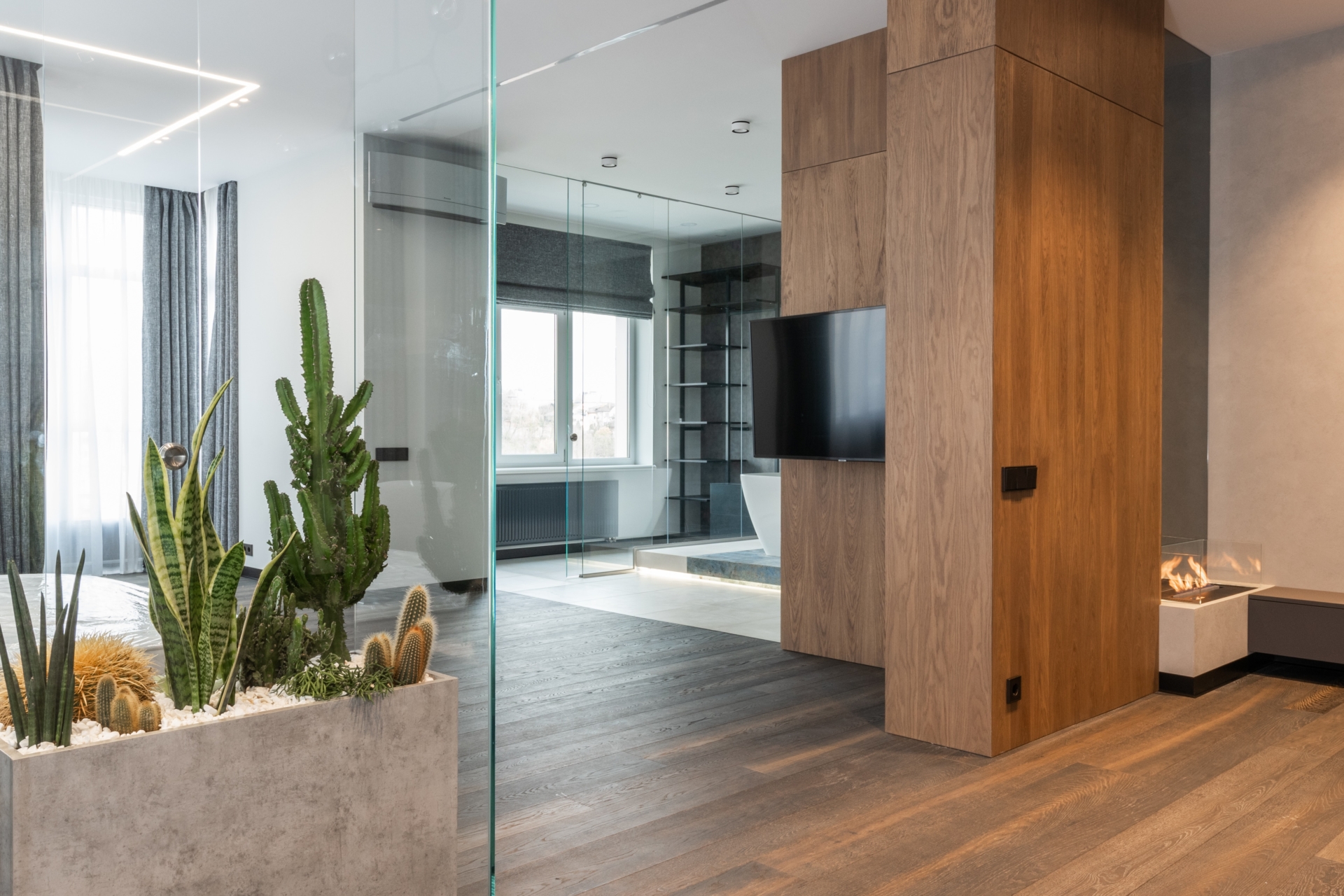Aesthetic taste and design sense are subjective matters. But what most people in any country or culture seem to agree upon is that wood wall paneling looks good. Now you can take the logical next step by asking yourself what you can do with this common denominator. So if you want to give your living space a more rustic, natural feel or make it appear more sophisticated, this article will give you some fantastic ideas on how to use wood panels.
A living room is the first impression that people have of your home. High-quality wall paneling in a rich wood color can go a long way toward making your entryway look warm and inviting. However, it’s not all about the visual aspect either. Numerous studies have shown that wood paneling can help to break up the coldness of concrete, metal, and plastic traditional walls. As a result, you will find that you can stay warmer in the living room if it has wood paneling.
The next place you may want to put some of your new wood wall panels is in the bedroom. Plain white walls are boring and give off a cold feeling (see Wood Paneling). By contrast, wood paneling in a warm color such as light brown will give you a comfortable, natural feel. So consider putting some of these panels up in your bedroom to add an extra bit of warmth and comfort.
Another place you may want to put wood panels is in your study. Your desk is like the command center for your home. The more it looks like a control room, the better organized your life will be (see Using Wood Paneling In Bathroom). In this setting, it helps to think of your wood panels as a layer of foam insulation. This padding will reflect and soften sounds around you. Speaking of insulation, the walls in your kitchen are also significant barriers against heat loss and heat gain. So if you want to save money on energy bills, think about putting up some wood paneling in your kitchen. It can even be used as a quick fix for leaking pipes or other such disasters (see Wall Paneling Ideas).
One of the best places to put your wood panels is as a wainscot in the dining room. This will give your walls in this area a more formal, elegant feel. It will also help you to save money since good-quality wood paneling costs less than other wall covering materials (see Wood Paneling Home Depot). In addition, if you are going to be remodeling or building a new home, wooden walls can be an inexpensive way to make a classic fashion statement.
How to Eliminate Sound Reverberation: 3 Ways You Can Use Acoustical Panels
Sound reverberation is one of the most bothersome acoustic problems usually found in a recording studio and can be caused by different factors. This article will take a look at three ways to stop sound from bouncing back. One way to eliminate sound reverberation is with acoustical panels that absorb soundwaves, which are specially designed with sound absorbing materials on the front and rear surfaces of the panel. The second way is with absorption or diffusing materials such as fiberglass wool, acoustic quilt, or other types of special wall coverings. The last way is with acoustic baffles. These are also known as sound control panels and come in different designs.
Acoustical panels help control sound waves that bounce off surfaces such as walls. Using this technique will help prevent echo and reverberation problems in homes, schools, hospitals, auditoriums, theaters, and recording studios. To achieve the best results when using acoustical panels it is important, to begin with, a room design using the proper furnishings. High ceilings are better because of the increased distance between the hard surfaces in a room. This will eliminate problems caused by unwanted echoes. The best surfaces on which to use these panels are walls and ceilings. They can also be placed behind furniture or drapes to help reduce sound waves.
A live room in a recording studio requires various types of acoustical panels that can be custom-made to fit the area. For example, you can create an effective low-frequency bass trap using a wall of acoustical foam insulation with a large air space behind it. This will need to be covered with cloth so that it does not reflect sound waves back into the room. Sound waves can bounce off the outside surface and into the room.
The space behind an absorptive foam panel is filled with air so that the sound waves are not reflected back into the room. Some doorways, such as those at conference and meeting rooms, should have panels of acoustical foam installed on all surfaces to achieve good results. These are especially beneficial for sound absorption in auditoriums because they are used so often and have a large surface area that could reflect sound waves back into the room…




